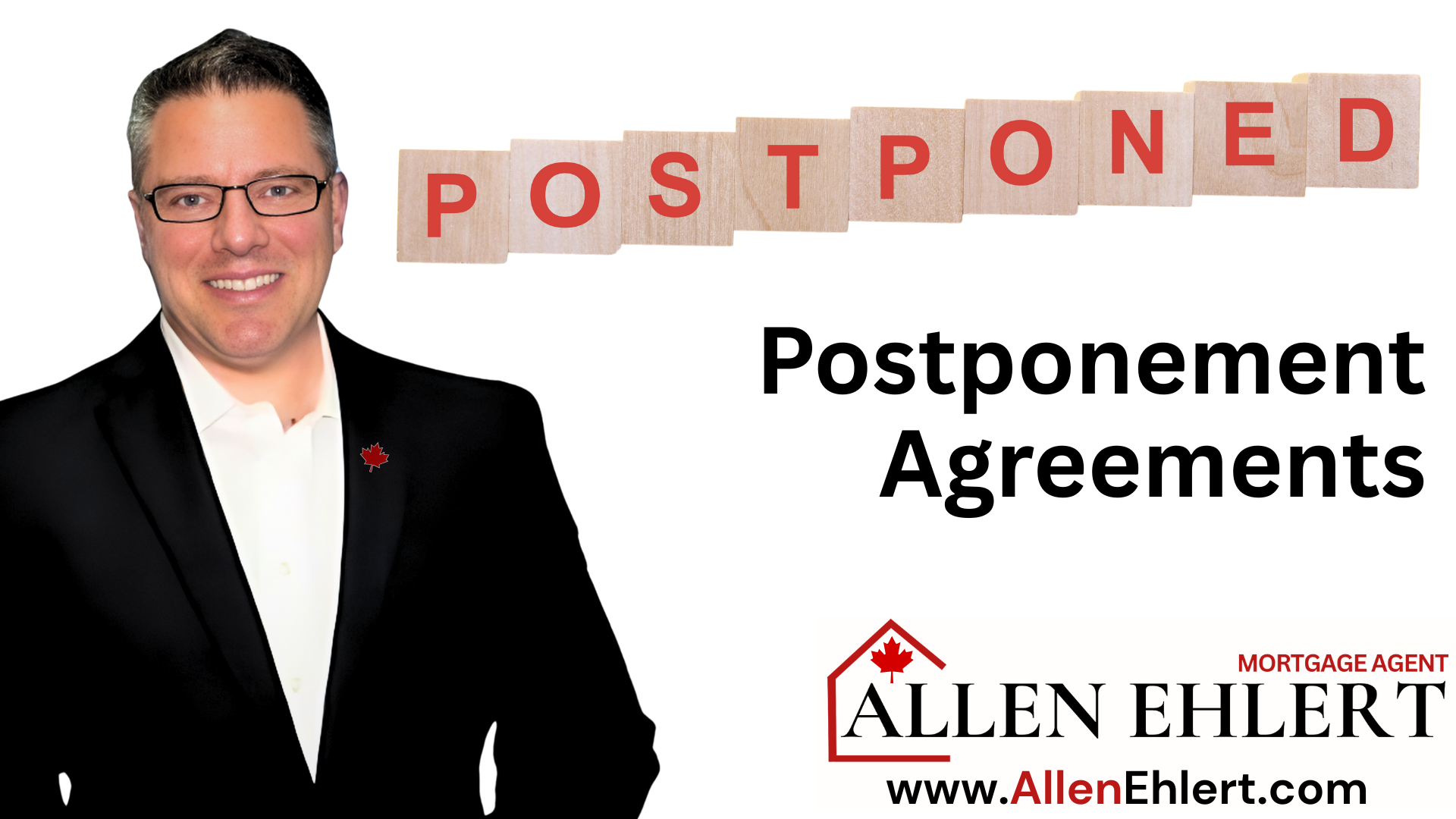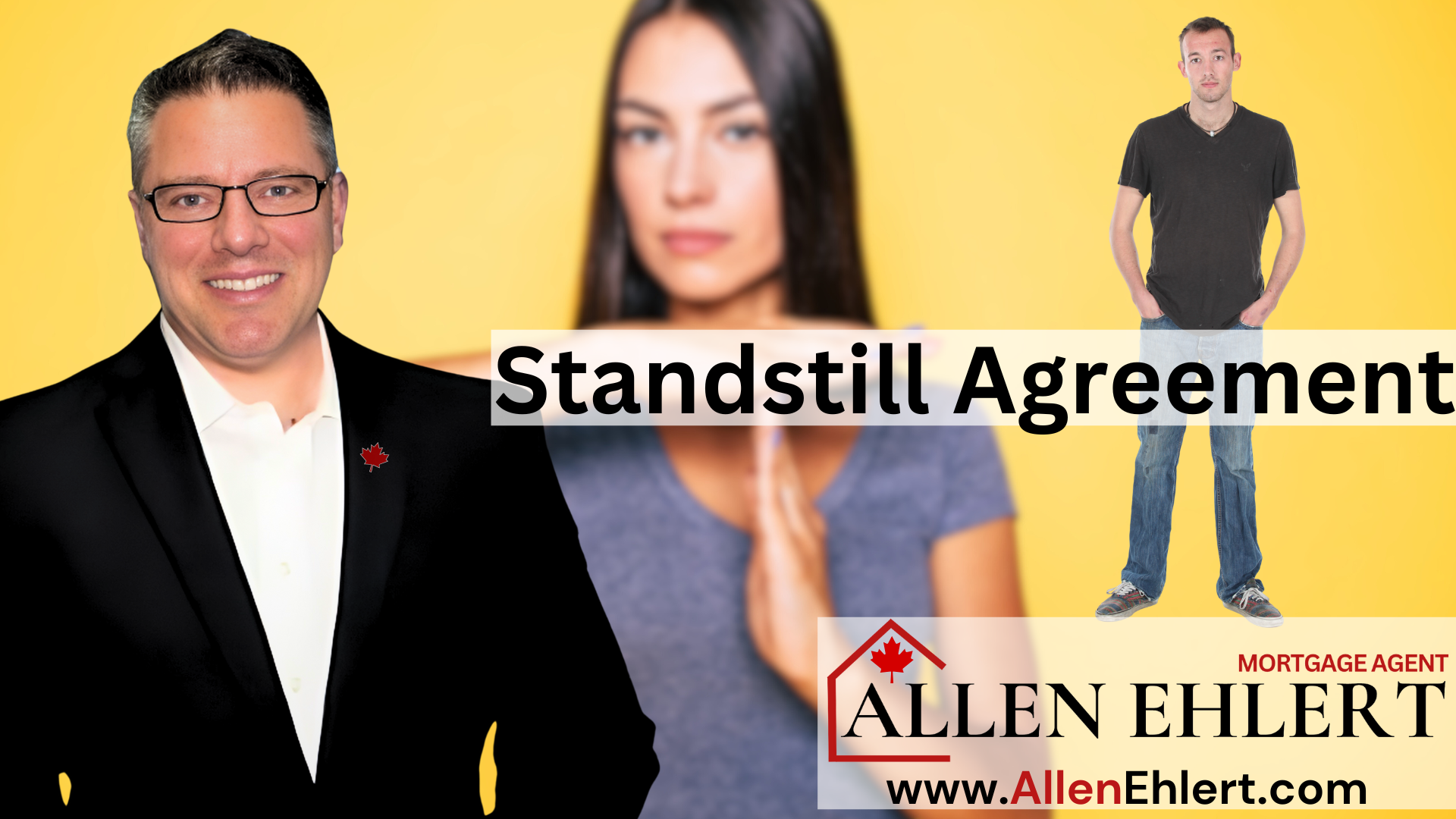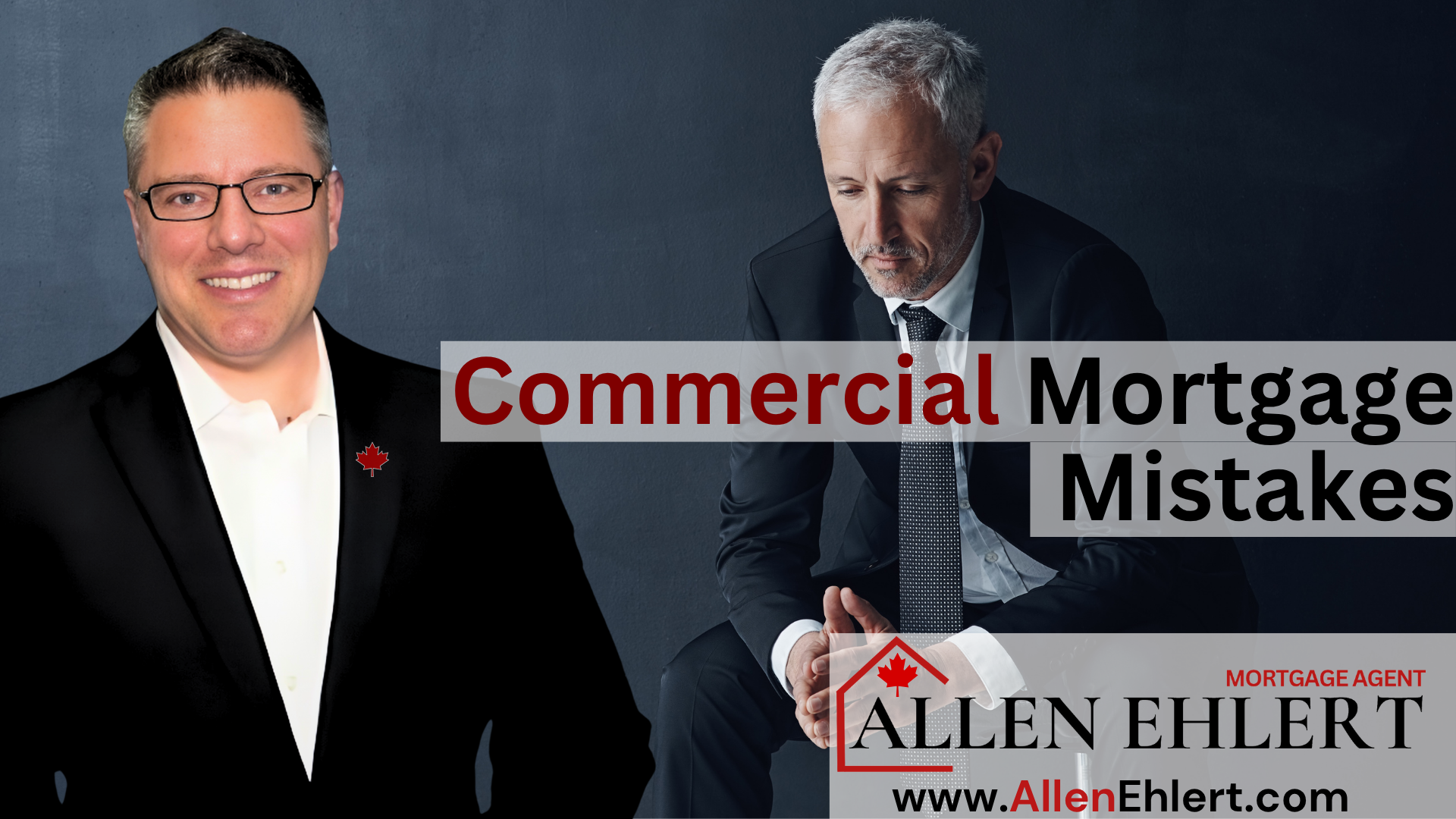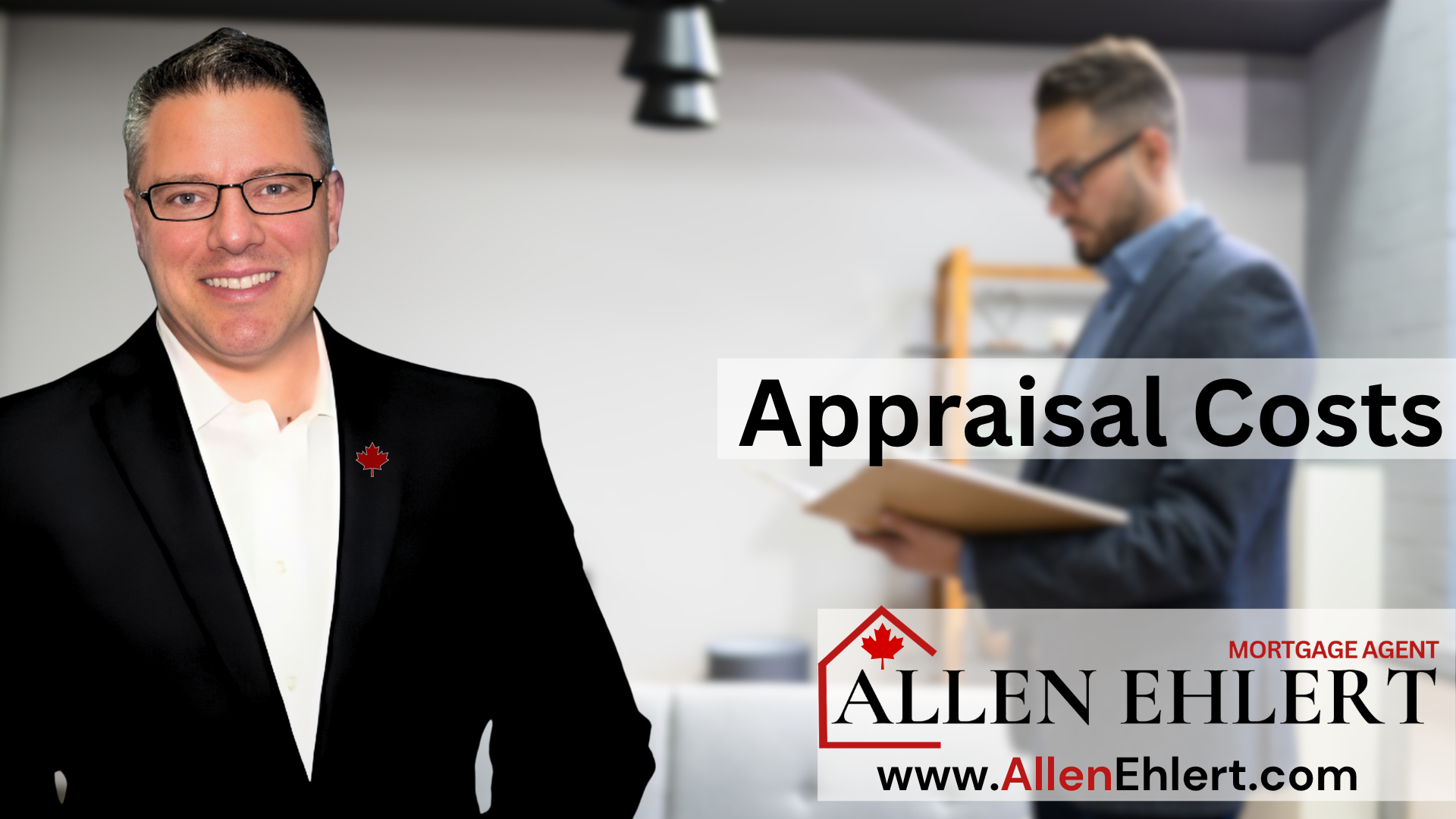…What You Need to Know Before You’re Hit with Commercial Lending Rules
So you’ve been picking up rental properties over the years—maybe it started with a duplex, then a triplex, and next thing you know, you’re sitting on a healthy portfolio under your holding company. You’ve figured out the tenant game, you’re cash-flowing, and the equity’s stacking up nicely.
But then one day, you’re applying for financing on property number six, and your lender says:
“Sorry, this now falls under commercial lending.”
Wait—what?
That’s the moment many investors find out the hard way that there’s a tipping point where residential lending no longer applies… and commercial rules step in. Understanding where that line is—and how not to trip over it—is key to scaling smartly and keeping your financing strategy airtight.
Whether you’re a seasoned investor, a realtor advising clients, or a first-time buyer thinking long-term, this guide will help you recognize when “residential” quietly becomes “commercial.”
What You’ll Learn in This Article:
Number of Doors vs. Number of Properties
Ownership Type: Holding Company vs. Personal Name
Why Purpose of Financing Matters
What Happens When You Cross the Line
How Realtors and Clients Can Apply This
Number of Doors vs. Number of Properties
Let’s clear something up right off the bat: lenders care more about the number of doors than the number of roofs. A triplex under one title equals three doors. Own five of those? You’re sitting on fifteen doors—and that’s when some lenders start fidgeting.
Most residential lenders are comfortable up to four units per property and often allow a total of five doors before things get tricky. But when you start creeping past five doors across your portfolio, or into six-plus unit properties, you’re likely entering commercial territory—especially if you’re buying inside a holding company.
Scenario:
An investor has three duplexes (six doors) under a holdco (holding company) and wants to buy a fourplex. That bumps the total to ten doors, and many residential lenders will wave goodbye and refer you to their commercial department.
Ownership Type: Holding Company vs. Personal Name
If you’re buying personally, you can often squeeze a few more doors under the residential umbrella. But buying through a corporation or holding company? That’s a whole different ball game.
Most residential lenders treat corporate-owned properties as inherently commercial, even if it’s a single-family rental. Why? Because it’s not about the property—it’s about the structure of the borrower and the perceived risk.
Pro Insight:
Some A-lenders may consider up to five rental properties in a personal name, but limit you to one or two in a corporate name before shifting to commercial guidelines.
The Impact of Property Type
If you’re eyeing a six-unit apartment building, stop. That’s already considered a commercial multi-residential—even if it’s your first investment property.
Residential financing covers properties with up to four units (with some lenders offering exceptions). Once you cross into five or more units, you’re stepping over the line. Full stop.
Quick Tip for Realtors:
If your client is looking at a triplex or fourplex, keep in mind: it’s still residential. But the moment they say “small apartment building” or “multi-unit income property,” it’s time to bring in someone like me to look at commercial terms, appraisals, and lending conditions.
Total Mortgage Exposure
Even if your properties are all residential, many lenders have a limit on your total mortgage exposure—especially when it exceeds one to two million dollars across all mortgages with them.
This means you could own just three properties worth $800,000 each, and you’re at the edge of their risk tolerance—even though you haven’t passed five doors.
Scenario:
A dentist owns four single-family rentals in Toronto through a holdco. The total mortgage exposure is $2.5 million. She applies for a fifth property, and the lender declines it—because the exposure is too high for residential underwriting.
Why Purpose of Financing Matters
Buying a rental is one thing. But if you’re doing a major renovation, converting a house into a legal triplex, or developing land, you’re no longer just a borrower—you’re in the business of real estate.
That means your financing will be viewed through a commercial lens, even if the end result is a residential property.
Rule of Thumb:
The more creative the use, the more likely you need creative financing—which lives in the commercial realm.
What Happens When You Cross the Line
When you hit that commercial threshold, here’s what changes:
- Interest rates go up: Often 1 to 2 percent higher than residential
- Fees increase: Appraisals, legal, broker, and lender fees add up—$10,000 or more is common
- Underwriting gets technical: Lenders focus on debt service coverage ratio (DSCR), rent rolls, and property income—not just your T4
- More due diligence: You may need a Phase 1 Environmental Assessment, Building Condition Report, and a narrative appraisal
It’s not a punishment—it’s just a different category of risk and return for the lender.
How Realtors and Clients Can Apply This Knowledge
For Realtors:
- Flag the number of doors early and get a mortgage agent involved
- Advise investor clients to speak with someone familiar with commercial thresholds
- Use this info to position yourself as a savvy advisor—not just a door opener
For Investor Clients:
- Plan financing ahead—don’t assume residential rules will always apply
- Think strategically about how you hold your properties (personal vs. corporate)
- Consider blanket mortgages, refinancing strategies, or staggering closings
A Story to Drive It Home
Imagine a couple who owned four triplexes under a corporation. Cash flow was strong, tenants were great, and everything was humming along.
Then they found a fiveplex in Guelph and wanted to jump on it quickly. They assumed their go-to lender would fund it just like before. But they got blindsided when the lender said:
“This is a commercial deal now. We need a DSCR, an ESA report, and a new appraisal.”
They called me in a panic. Thankfully, I moved quickly, tapped into my commercial lender network, structured the deal for approval, and closed it on time. But it was a wake-up call: what worked at nine doors didn’t work at fourteen.
Allen’s Final Thoughts
Whether you’re a realtor helping clients build their investment portfolios, or you’re the investor dreaming of becoming the next Canadian property mogul, understanding when residential turns into commercial is essential.
The lines aren’t always bright, and they vary by lender—but once you know the triggers (doors, ownership structure, property type, loan exposure, and use of funds), you’re no longer walking in blind.
More importantly, you can plan ahead—and that’s what separates successful investors from those stuck scrambling at the last minute.
How I Can Help You
As a mortgage agent who specializes in residential and commercial real estate finance, I don’t just quote rates—I structure deals that align with your growth goals. Here’s how I support you:
- Help you navigate the shift from residential to commercial seamlessly
- Package and present your deals in a way lenders love
- Connect you with trusted appraisers, legal pros, and lenders
- Educate your clients and referral partners so you’re always a step ahead
- Provide custom charts, email templates, and explainer decks for your marketing
Whether you’re scaling up, advising an investor, or wondering where that invisible “commercial line” is, I’ve got your back.
Let’s build your portfolio on the right foundation—strategically, proactively, and with the kind of guidance that makes growth sustainable.












